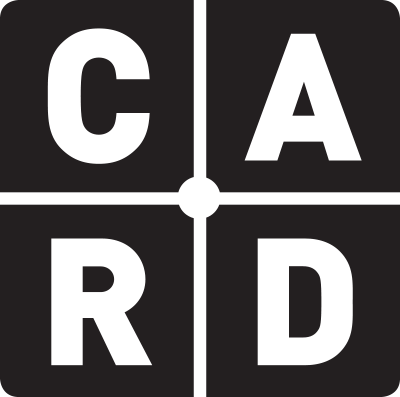A better way to buy media? Cossette Media tests NOBL tech
The agency conducted a pilot campaign for Sun Life that proved what advertisers get in return for investing in quality content.
Programmatic ad buying has progressed from buying quantity as cheap as possible, to concerns around brand safety, fraud, and fake news.
These issues are such a worry for advertisers that the U.S.-based Association of National Advertisers (ANA) has commissioned a study of the programmatic media buying process. The initiative was prompted by research that shows roughly US$140 billion of the estimated US$200 billion global ad spend in 2021 didn't reach the end consumer. Instead, the dollars went to ad fees, fraud, non-viewable impressions, and non-brand-safe placements.
Numerous tools designed to ensure safe ad placements have been added to programmatic platforms to help marketers and media buyers select credible and trustworthy content. These efforts are helping to decrease the risk to brand safety. But while advertising around high-quality content comes with a higher price tag, Cossette Media discovered it also delivers appreciably better results for clients – making the investment worthwhile.
The agency recently ran a test campaign for its client Sun Life using NOBL, a third-party programmatic media ranking tool that helps identify pages to advertise in based on the quality of content. Launched in 2018 and based in the U.S., NOBL evaluates each page before a buyer bids and selects credible content that is most likely to be read and trusted.
NOBL says content chosen by its filter receives higher clickthrough rates, conversions, and less fraud. In a recent industry study of over three billion impressions and 100 million URLs, pages with high NOBL scores performed 47% better than lower scoring pages.
Brian Cuddy, VP digital solutions and responsible media for Cossette Media, concurs that the test campaign allowed Sun Life to track the performance of high versus low-quality content.
"There was actually an increase in response metrics," he says. "For example, clickthrough and engagement rates with the Sun Life site was much higher with the higher-quality content – and cost-per-engagement was 29% lower. Quality content does come at a higher cost, but the performance outweighs that cost."
Focusing on quality also provides advertisers with more protection against unsafe content and fraud, adds Cuddy. And one of the outcomes of the NOBL filtering process was that Cossette Media included more local news sites in the campaign.
"For me, I think it's because people trust and put emphasis in the content they read [from local news] – and that perception of quality transfers to the ads within the environment," says Cuddy. "It's nice to see that trust and quality in content is actually beneficial to advertising."
Image courtesy of Marvin Meyer on Unsplash
TAGS: Cossette Media, Sun Life, CARD, Brian Cuddy, NOBL

